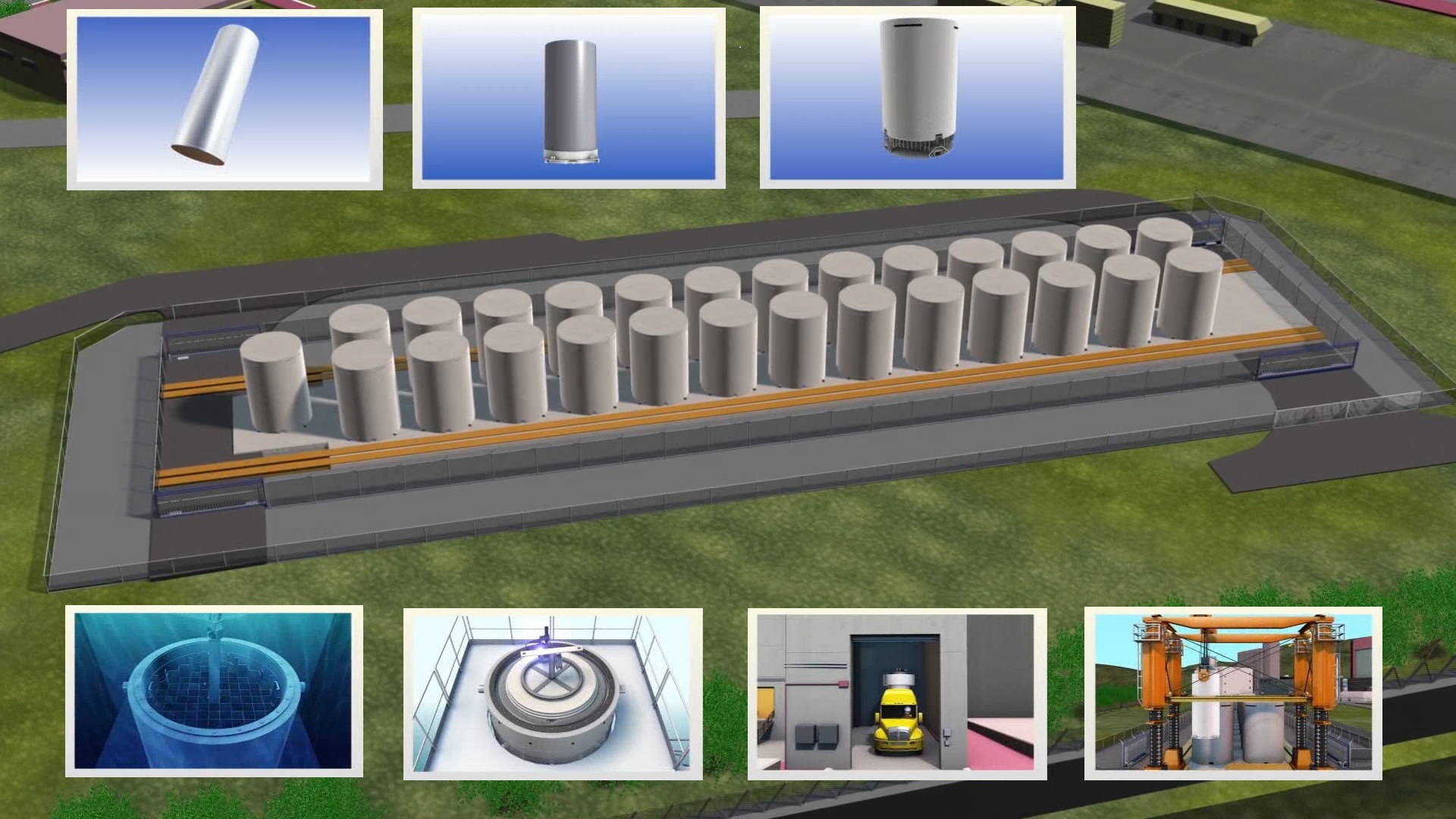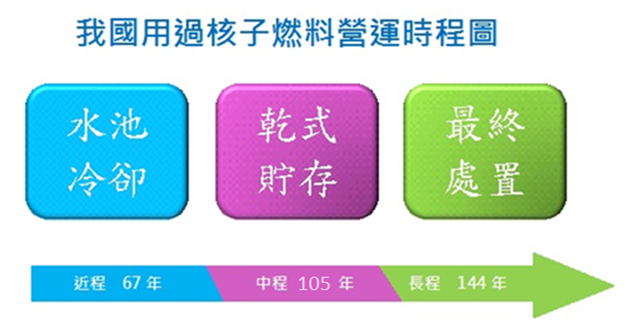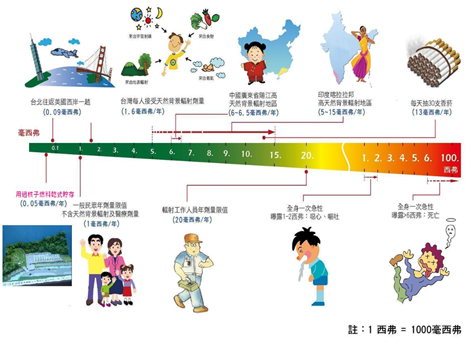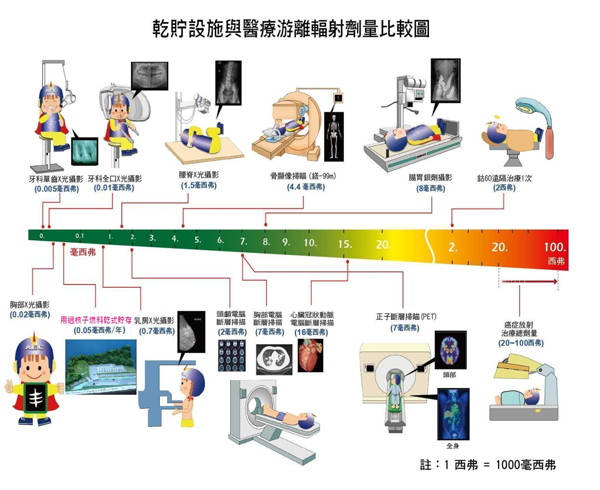
As the Chinshan and Kuosheng Nuclear Power Plants of Taiwan Power Company (hereinafter referred to as Taipower) were constructed in 1970s or early 1980s 8-1983, the storage capacities of spent fuel pools (i.e., wet storage) within the plants are limited and insufficient to accommodate all of the spent nuclear fuels within the operating license validity period of 40 years. Therefore, Taipower plans to build dry storage facilities within each plant based on the practices of advanced nuclear energy countries such as Europe, the United States, Japan, and South Korea, in order to meet its storage needs for 40 years of operation, ensure stable domestic power supply, as well as provide sufficient time to formulate the best plan for the final disposal of spent fuels.
The design of dry storage facilities at Chinshan and Kuosheng Nuclear Power Plants of Taipower is based on the dry storage cask system approved by the United States Nuclear Regulatory Commission (USNRC). The effective dose rate per person at site boundaries must not exceed 0.05 mSv per year, which is one-fifth of the 0.25 mSv per year stipulated by current regulations in Taiwan.

The design of dry storage facilities at Chinshan and Second Nuclear Power Plants of Taipower is based on the dry storage cask system approved by the United States Nuclear Regulatory Commission. The effective dose rate per person at site boundaries must not exceed 0.05 mSv per year, which is one-fifth of the 0.25 mSv per year stipulated by current regulations in Taiwan.





